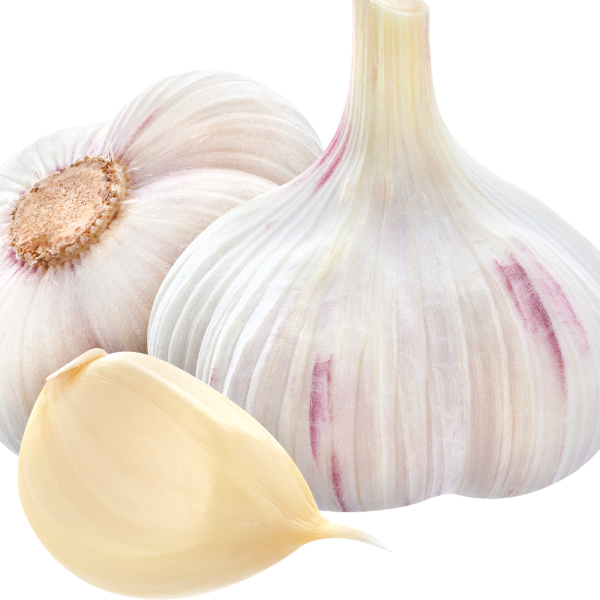Cook & Learn: Hidden Benefits of Mushrooms
Recipe: Garlic Mushroom Quinoa
1 cup quinoa
1 tablespoon olive oil
1 pound cremini mushrooms, thinly sliced
5 cloves garlic, minced
1/2 teaspoon dried thyme
Kosher salt and freshly ground black pepper, to taste
2 tablespoons grated Parmesan
History of Mushrooms
Sometimes categorized as a vegetable, mushrooms are a member of the fungus family of organisms that also includes truffles and the microorganisms of molds and yeasts. For centuries during the early times of mushroom consumption, generally people of the Eastern portion of the world ate mushrooms, while the people of the Western portion of the world did not. And mushrooms have not only been eaten for their flavor but have also been used for their hallucinogenic effects in spiritual and religious ceremonies by the Vikings, Siberian shamans, and in ancient Mexico. The native people of Mexico used them to generate hallucinations that they deemed as visions of the future. The people of France are known in history for introducing mushrooms into Western cuisine. As for the U.S., Americans began serving mushrooms in cuisine in the late 1800s.
Medical Properties of Mushrooms
In addition to their use in Eastern cuisine, mushrooms have been part of Eastern medicine for thousands of years. The reishi mushroom has gained popularity in recent years for its medicinal properties, which may include aiding in weight loss, improving sleep, lessening depression and anxiety, fighting cancer, boosting the immune system, improving focus, and even promoting healing. Studies on chaga mushrooms show that they may help in lowering cholesterol levels, decreasing inflammation in the body, and fighting against oxidative that causes skin aging. Shiitake mushrooms are known for their ability to lower cholesterol, and phytonutrients help prevent plaque buildup in the arteries and aid in maintaining healthy circulation and blood pressure in the body. Lion’s mane mushrooms are known for their ability to boost production of myelin and the bioprotein nerve growth factor that are vital to brain function, and consumption has been shown to alleviate irritability and anxiety and to improve concentration, mental clarity, cognition, and memory. Mushrooms also supply potassium, protein, and polysaccharides, which boost immune function in the body.
Surprising Facts About Murshrooms
Due to their meaty consistency, vegetarians use portobello mushrooms as a replacement for meat. Recent research has utilized mushrooms in varied and surprising ways. Mighty mushrooms are used to turn waste from crops into bioethanol and to clean up toxic waste and oil spills. Materials made from mushrooms have been used as replacements for leather, foam, polystyrene, and building materials. A mushroom has even been discovered that can break down plastics in weeks instead of years.
In retaining editorial control, the information produced by Diverse Health Hub does not encapsulate the views of our sponsors, contributors, or collaborators.
Importantly, this information is not a substitute for, nor does it replace professional medical advice, diagnosis, or treatment. If you have any concerns or questions about your health, you should always consult with a healthcare professional.
Sources
https://www.pbs.org/food/the-history-kitchen/edible-mushrooms/
https://www.healthline.com/health/food-nutrition/best-medicinal-mushrooms-to-try#forstress
https://www.healthline.com/health/food-nutrition/best-medicinal-mushrooms-to-try#for-cardio-health
https://www.bbc.com/news/science-environment-45486844










